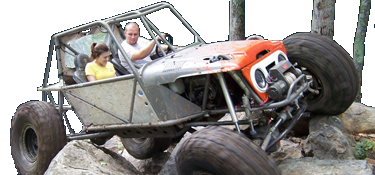marty79
the LS Swap Guy
- Joined
- Nov 24, 2013
- Location
- Conover, NC
i've tried believe me lol. but there's no room. I suppose since I have a 1.75 tie rod that's part of it?!! so underneath is simplest way I can without getting all crazy with some weird fabbed brackets. At least mounting underneath just means putting a skid over it.Why couldn't you put your mount on that truss so it'll be up high?
To be honest, I've never installed one of these and I'm sure I'm WAY overthinking it but I'm scared to attempt to mount it anywhere but underneath after being told it can rip off mounts/brake stuff lol so I'd rather not try and "think" I'm doing it right. New things like this I usually don't try and "think it will work" and just try and stick to what others say will work.
Having that said, will that work the way I have it mocked up underneath?

